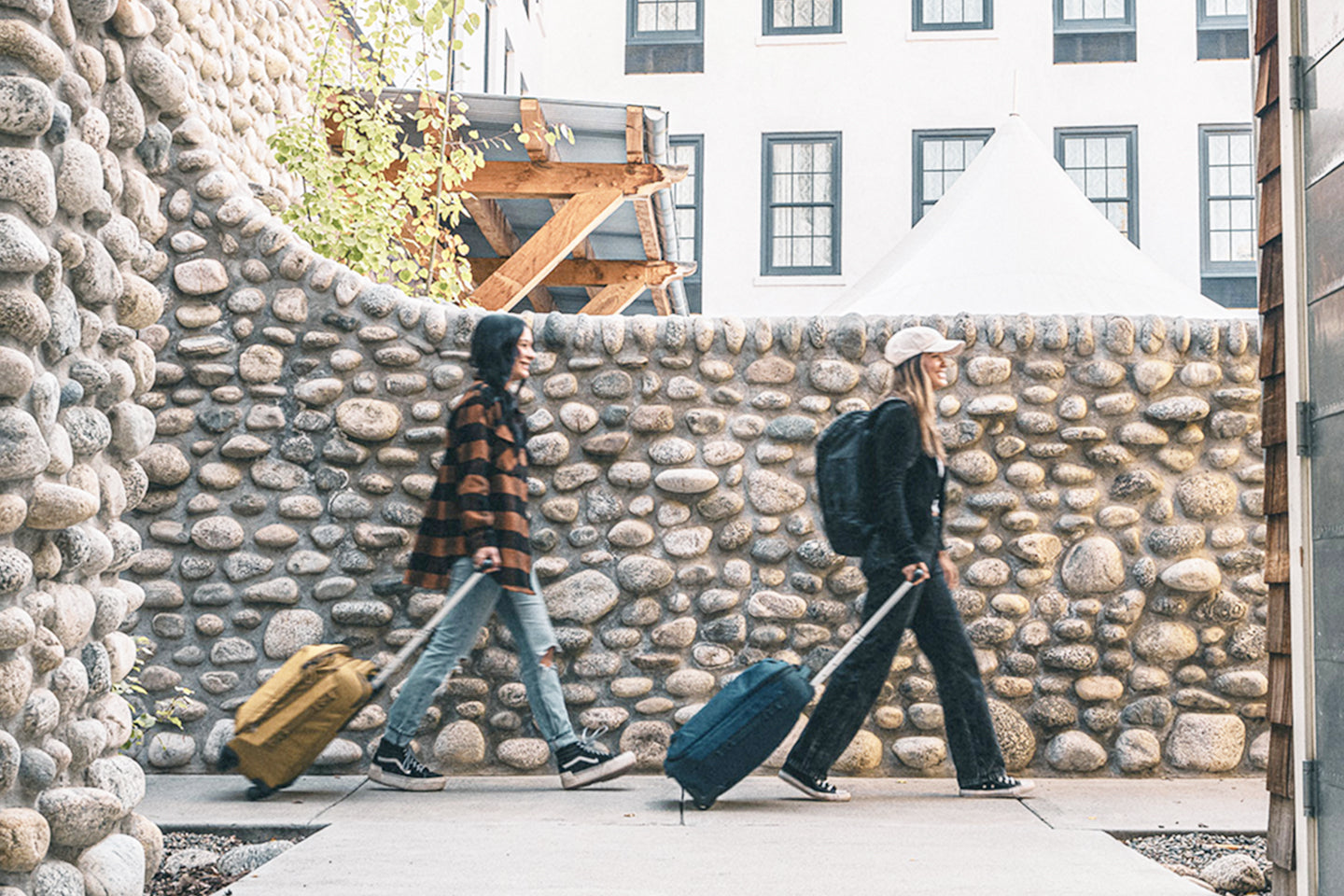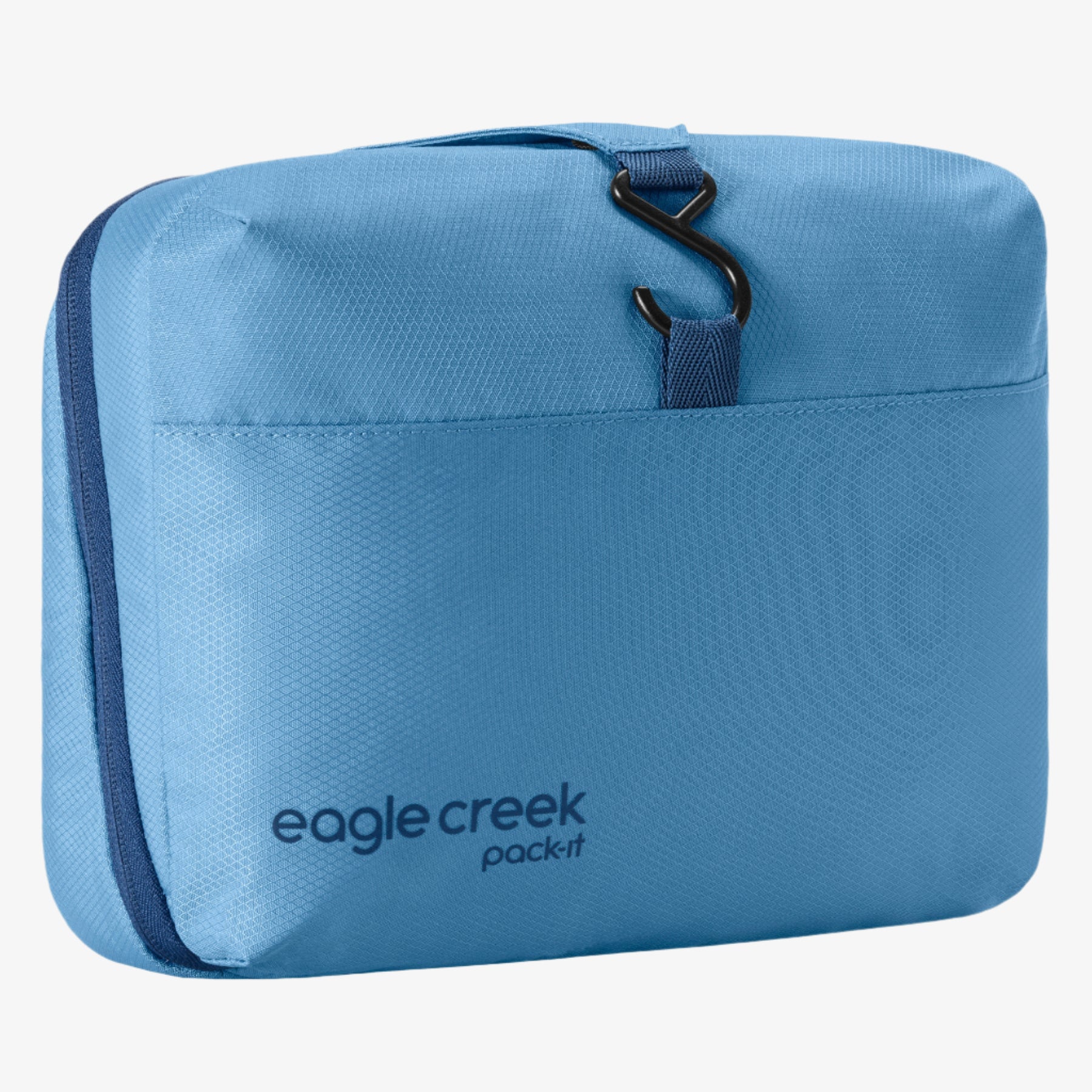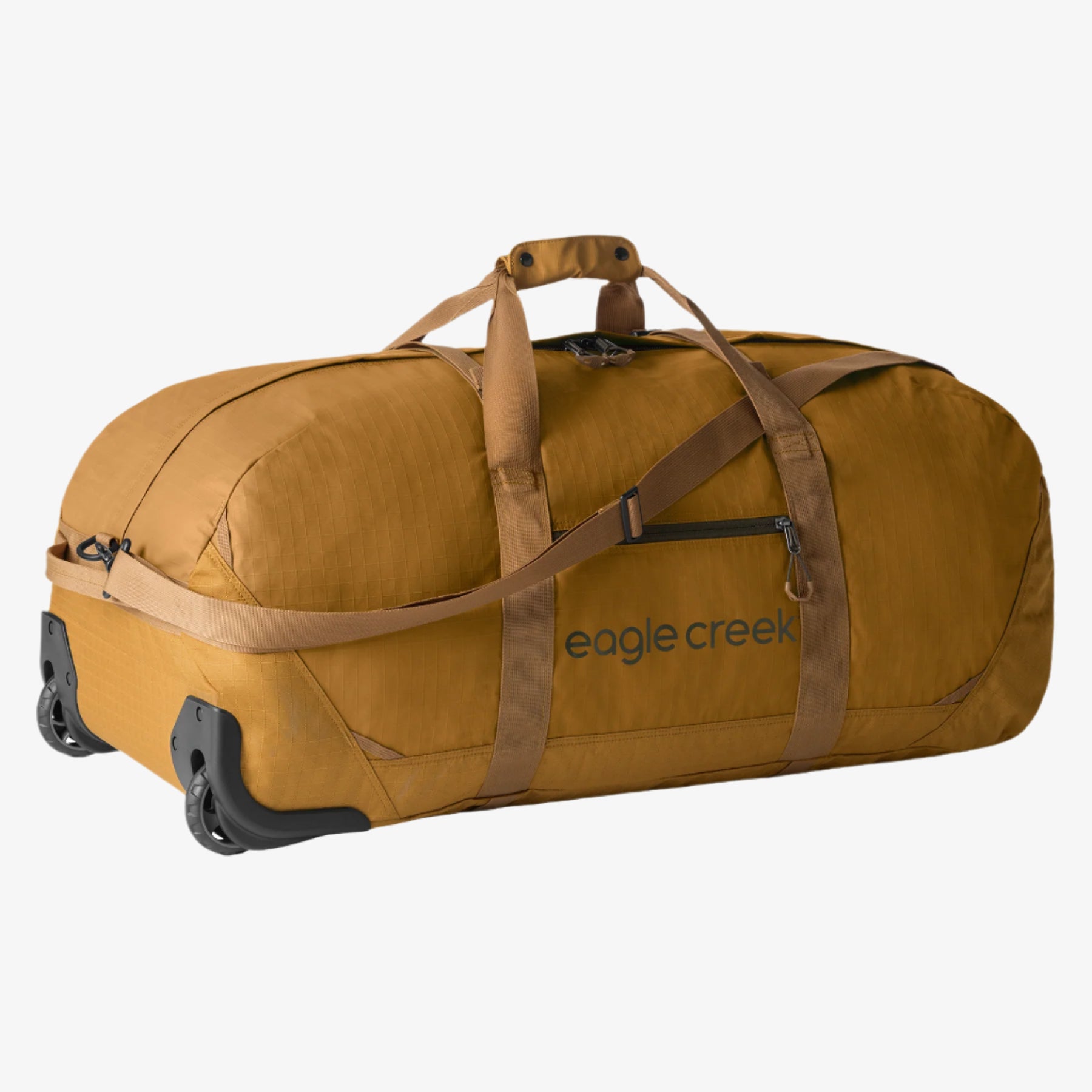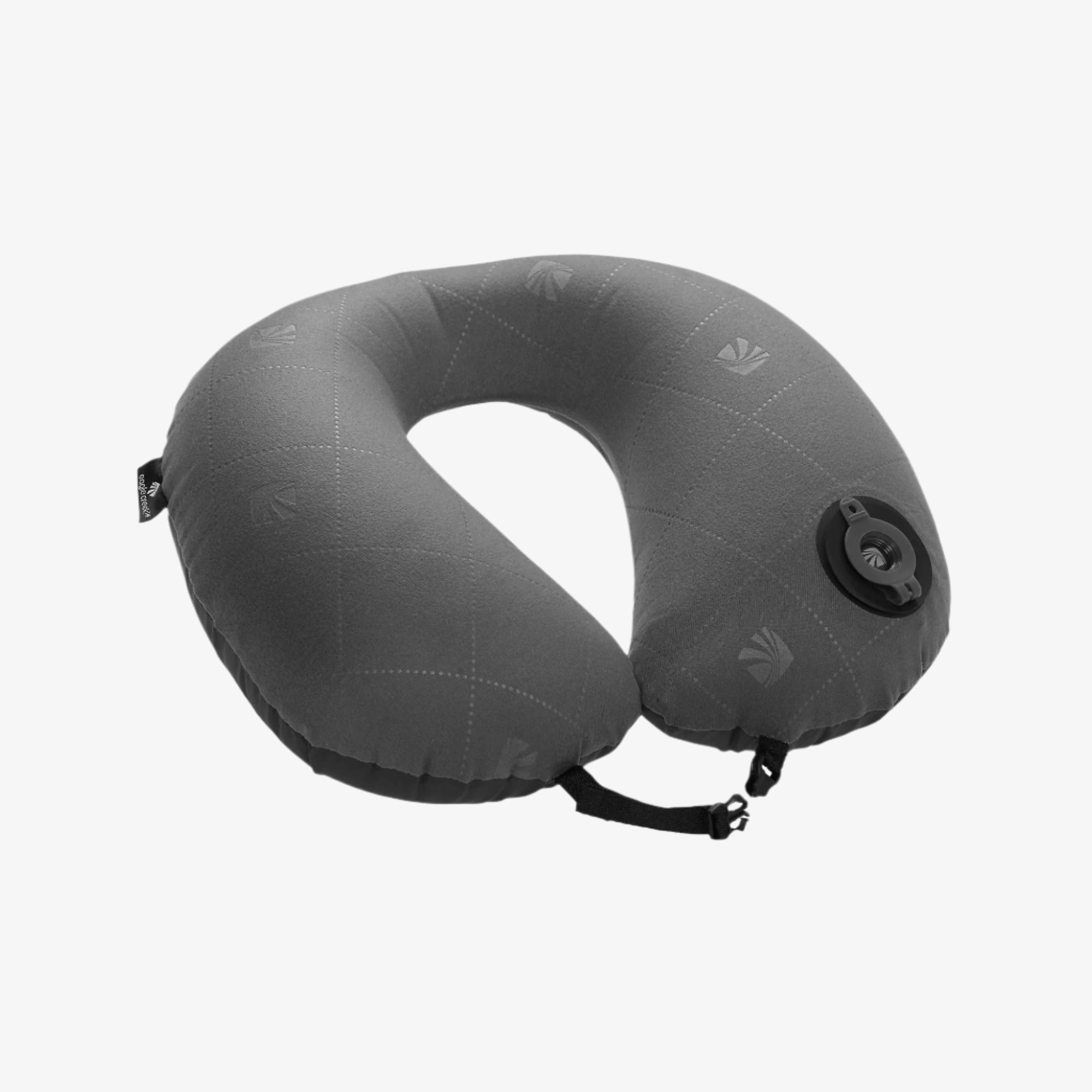Jetting off on vacation is exciting, but the journey isn’t always glamorous. Whether flying a short distance or embarking on a long-haul flight to an exotic destination, getting solid sleep during your flight is the best way to start your trip feeling refreshed and ready to take on the town.
In this guide, we’ll review some of the challenges of sleeping on a plane, especially if you’re flying in economy class and have limited leg space. From seat selection to what to wear and how to combat jet lag, we’ll cover all the details and provide tips on tackling flights like a pro and getting restful sleep on a plane.
- Pre-flight preparations: setting up for success
- In-flight tips for better sleep
- Arrive refreshed and ready for the day
- How to sleep on planes FAQs
PRE-FLIGHT PREPARATIONS: SETTING UP FOR SUCCESS
Airplane sleeping hacks start before you step onto the plane. The first step is choosing the right seat. If you don’t want to end up with the dreaded middle seat, booking your flight early or paying a little extra to pick your preferred seat can make all the difference. There are pros and cons for both the window and aisle seats depending on your preference, habits, and sleep style:
Window Seat Pros:
- You get a cozy space where you won’t be bothered by other passengers or flight attendants walking in the aisle.
- You’ll have a surface to lean on when you sleep.
Window Seat Cons:
- A window seat isn’t ideal for people who need to take frequent bathroom trips and don’t feel comfortable disturbing the other passengers in their row.
Aisle Seat Pros:
- It is easy to get up frequently for bathroom breaks or to stretch your legs
- You can get more legroom from the extra space in the aisle.
Aisle Seat Cons:
- You won’t have a surface to lean on while trying to get some sleep.
- You’ll be at the mercy of the passengers in your row and may have to get up frequently as they travel to the bathroom.
Other seat options are the first row of the cabin, which often has more legroom but no under-the-seat storage, and the exit row, which also has more legroom but doesn’t have reclining seats.

IN-FLIGHT TIPS FOR BETTER SLEEP
You’ve done your pre-flight prep, so let’s review how to fall asleep on a plane. A few airplane sleeping hacks will help you rest and stay healthy while traveling.
Adjust to the destination's time zone
It’s tempting to stay up during the flight, catch up on movies, and enjoy the in-flight snacks and drinks. But adjusting to your destination’s time zone on the plane can help tremendously with jet lag and make you feel well-rested so you can start your adventures as soon as you land.
Before you get on the plane, adjust your watch to your destination’s time zone to get in the right headspace. Then, adhere to the time zone’s sleep and eating schedule (if possible). By training your body to adjust to the new time zone, you can reduce the effects of jet lag and get into the rhythm of your vacation.
Avoid caffeine and alcohol when flying to fall asleep more quickly. Both cause dehydration, which is compounded by the already dry environment on the plane. If possible, stick with water throughout the flight.
Create a comfortable environment
Your airplane seat is your home away from home for the length of your flight, so create a comfortable environment for the best way to sleep on a plane. Adjust the temperature (as much as you can on a plane) via the overhead vent, shut the shade if you’re in a window seat, and turn off the overhead light for a restful space.
Use sleep accessories effectively
Some airlines provide travel accessories like eye masks and headphones on flights, but it’s not a given. So, it’s always best to bring your own. A travel pillow will keep your head from bobbing around and support your neck while you sleep, and a sleep eye mask blocks out light.
If you’re a light sleeper, consider adding earplugs to your comfort accessories for travel. Bring a pair of noise-canceling headphones to block out additional noise or play white noise. If you need more help, try sleep aids that contain melatonin. Read our ultimate travel packing list to see what other sleep accessories might be helpful on your flight.
Dress appropriately
The key to sleeping on a plane is dressing the part. Once you’re settled into your seat, trade your regular socks for compression socks. Compression socks reduce pressure and swelling in your legs and feet, which can happen from altitude and long periods of sitting.
Pick an outfit that isn’t restricting or uncomfortable for long periods: Sport leggings and your favorite T-shirt or a chic pair of pajamas for comfort and style. You can also pack a cozy cardigan or blanket scarf if the plane gets chilly or wear it over your face for added privacy and to block out light during the flight. Read tips on what to include and how to pack for your trip.
Be careful what you drink
Skip the coffee or drinks with caffeine. Caffeine affects your sleep habits and is extra dehydrating on a flight. Instead, focus on drinking lots of water. Bring a reusable water bottle that adheres to TSA carry-on rules and can be refilled at the terminal when you get through security.
Staying hydrated fights jet lag, prevents blood clots, and helps with dry eyes during the flight. Herbal tea is another great drink to have during a flight. A relaxing cup of tea can tell your body it’s time to wind down and get ready for sleep.
Practice relaxation techniques
Even if you don’t suffer from flight anxiety, breathing and relaxation techniques can calm your mind and make falling asleep on a plane easier. Some effective breathing exercises include deep breathing, breath focus, and alternate nostril breathing. You can also try guided meditation through apps on your phone or relaxation playlists.
Maintain your skincare routine
When planning what to pack in your personal item, make sure you bring your skincare favorites. Your skincare routine will help your face glow, and getting ready for bed will remind your body and mind that it’s time to settle down and relax.
Some favorite products for the plane are:
- Makeup remover wipes to help unclog pores from dry air.
- A moisturizer or serum to seal in hydration.
- Lip balm to avoid chapped lips.
- Under eye gels to depuff eyes.
Time your flight for optimal sleep
Consider flights that correspond with your sleep schedule, so you’ll be naturally tired while you’re in the air, like a red-eye flight. A red-eye flight generally is an overnight flight that leaves late at night and arrives at your destination early in the morning. Since it is an overnight flight, a red eye can help trick your body into thinking it’s time for sleep.
Additionally, opt for direct flights when possible. With a direct flight, you can settle in for a long flight, get cozy, and sleep instead of having two shorter flights and worrying about making a connection.
ARRIVE REFRESHED AND READY FOR THE DAY
When you have a good night’s sleep on a plane, you’ll arrive at your destination refreshed and ready to take on the day. Not only will you hit the ground running and maximize your time on vacation, but you can avoid jet lag and adjust to your new time zone quickly.

FREQUENTLY ASKED QUESTIONS
WHAT MEDICATION CAN YOU USE TO SLEEP ON A PLANE?
Some suggested medications for falling asleep on a plane are products with melatonin, magnesium, or diphenhydramine (the active ingredient in Zzzquil and Tylenol PM). These medications are readily available over the counter without a prescription. Be sure to carefully read the instructions before taking these medications and consult your doctor before taking new medications on a plane.
WHAT SHOULD I AVOID BEFORE AND DURING A FLIGHT TO IMPROVE SLEEP QUALITY?
Avoid caffeine, alcohol, and heavy meals before your flight. Pack a reusable water bottle that you can refill in the terminal to stay hydrated during the flight, and bring light snacks for the plane that will keep you full without making you feel heavy or bloated.
HOW CAN YOU COMBAT JET LAG AFTER SLEEPING ON A PLANE?
When you reach your destination, resist falling directly into bed and napping. Instead, dive right into local time by getting outside in natural sunlight, exploring the area on foot for some exercise, and following the local meal and sleep schedules. By the following day, you’ll be on your way to feeling like your old self in your new destination.






































